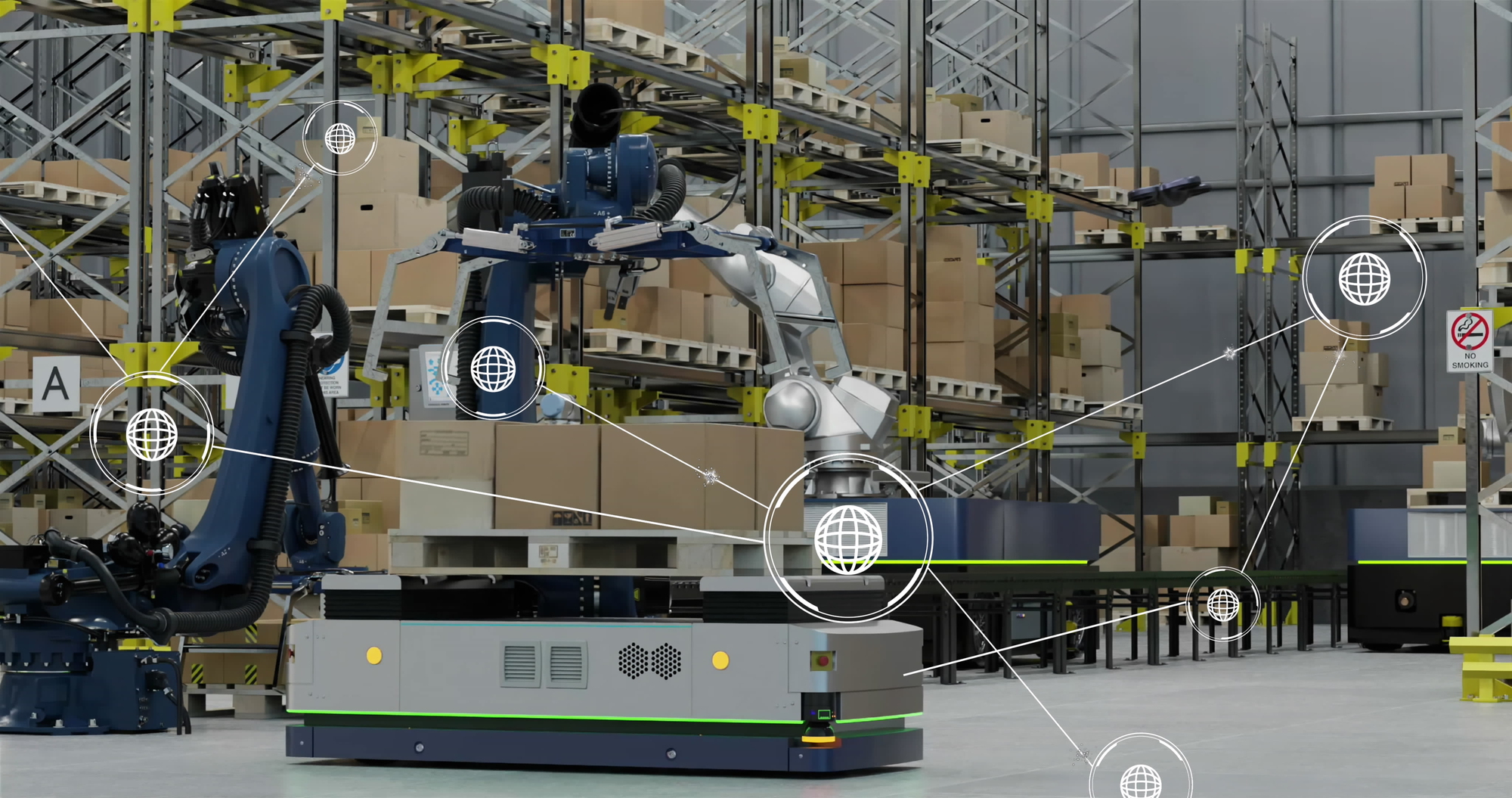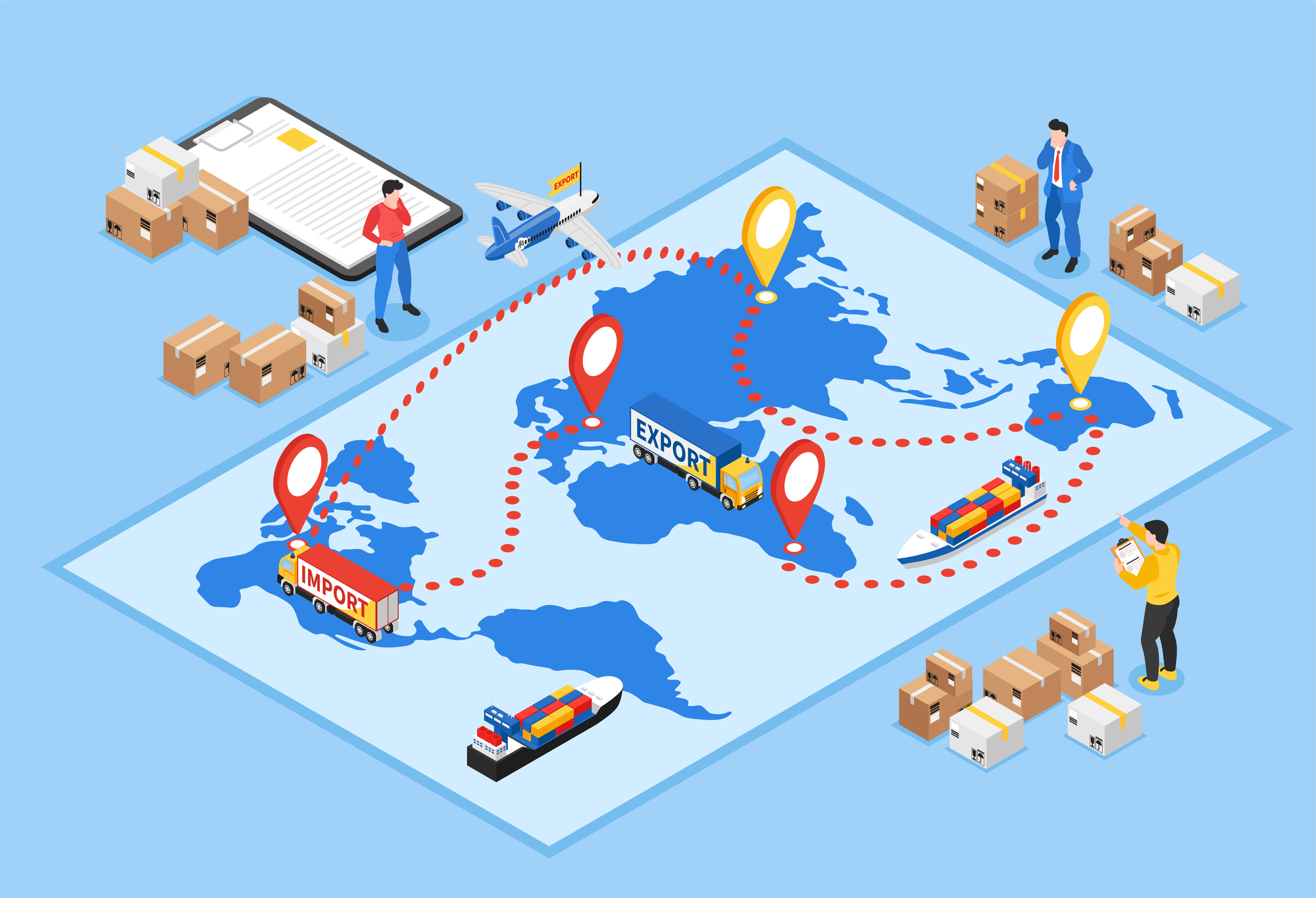Industrial procurement has emerged as a critical function for any manufacturing and production company. Effective procurement management ensures the steady supply of the raw materials, components, equipment, and services that keep operations running smoothly.
Procurement helps businesses access the best products at the lowest costs. By leveraging economies of scale and building vendor relationships, manufacturing businesses can negotiate favorable contracts that maximize value and diversify and consolidate suppliers. It enables quality control, on-contract purchasing, and risk management.
Tailoring procurement methods to align with organizational goals and management strategies, facilitates innovation and process improvements. Procurement teams quickly develop supplier perspectives and insights, enabling collaboration on material substitutions, waste reduction, and increased productivity.
Manufacturing companies most commonly adhere to one of two (or a combination of the two) general industrial procurement methods, each with its benefits, disadvantages, and logical use cases. Learn more about the most common procurement methods and the pros and cons to each, to help in deciding which method is best for your business.
Centralized Purchasing
Centralized procurement or centralized purchasing consolidates purchasing activities within one department. Reliance on a single buyer team to acquire all needed goods and services company-wide delivers many advantages, including:
- Economy of Scale – A centralized purchasing system increases the number of SKU and the quantities the company needs to acquire with every order. This allows it to take advantage of bulk discounts, incur fewer shipping charges, and negotiate contractual concessions from vendors.
- Process Transparency – Centralized procurement allows organizations to maintain a clear view of inventory levels, as it prevents individual departments from making rogue, off-contract purchases. A centralized purchasing system establishes uniform procedures for acquiring materials and ensures best practices and business rules are always followed.
- Precise Analytics – This visibility streamlines spend analysis. Centralized buying simplifies cost allocation by department, project, customer, and other metrics. Businesses can more readily identify vendor bottlenecks and take advantage of opportunities to reduce the cost of supplies.
- Lower Overhead – Centralized procurement eliminates the need to hire purchasing specialists for each department. Consolidation of the workforce, equipment, and tasks allows organizations to allocate resources to other needs.
Decentralized Procurement
Decentralizing the procurement process empowers individual business units or locations to purchase their own materials and services independently. Local managers oversee buying for their specific site or department, rather than making requisitions through a centralized purchasing function. This model may provide more autonomy and flexibility to meet localized needs quickly, but it often presents complications for large and rapidly scaling companies. Smaller businesses can leverage decentralized buying to gain several advantages:
- Local Expertise – Decentralized procurementprocedures that make use of on-site purchasing teams can more quickly build and nurture local supplier networks and create more reliable demand forecasts that require a nuanced understanding of regional conditions.
- Reduced Bureaucracy – Allowing individual departments to purchase the supplies they need, when they need them requires less planning and structure. There may be fewer delays because decentralized purchases are not required to make requests and route them through centralized channels.
- Intradepartmental Collaboration – While centralized procurement enables high-level manufacturer/supplier cooperation, decentralized models expedite internal communications and buyer/user coordination.
Hybrid Procurement
Some organizations may attempt to combine the advantages of both centralized procurement and decentralized purchasing models.
When implemented correctly, distributing purchasing responsibilities between corporate-level buyers and local facilities can balance standardization and customization. The theory is that firms will use the central team to obtain economies of scale from the procurement of materials used across departments and locations while allowing local purchasing of unique MRO parts, materials, and other smaller equipment or items that are urgent.
The scheme’s effectiveness may be limited to businesses engaging in diverse businesses and extensive product lines and multinational conglomerates that make frequent large purchase but must comply with several jurisdiction’s import, tax, and other regulations.
In practice, hybrid procurement models often fail to deliver on their potential. Rather than optimizing centralization and decentralization, they give rise to overlapping responsibilities and lost opportunities.
Which Procurement Model Works Best?
The ideal procurement structure for your company depends on several key factors, including size, geographic footprint, product line, and supply chain complexity. The approach must align with overall business goals and strategies. As the company scales and evolves, the procurement structure should be reevaluated and adapted accordingly. With careful planning and consistent performance tracking, companies can optimize value from their chosen procurement process. The ideal model balances control, efficiency, and responsiveness.
For smaller businesses with fewer sites that buy related products, decentralized purchasing may be a simpler and more practical solution. Large enterprises with highly diverse supply needs, however, tend to benefit most from centralized purchasing.
Partnering with a centralized procurement solutions provider removes internal stresses and gives you access to expertise gained through countless transactions and strategic implications for multiple clients. Engaging with a supply chain-as-a-service professional also relieves you of the burden of infrastructure investments to manage the processes yourself. SDI offers fully scalable procurement services that put all our resources at your disposal, from industry-savvy management teams to advanced supplier networks and tailor-made technologies.
Contact us to discover the full benefits of partnering with SDI to implement your centralized procurement workflow.





